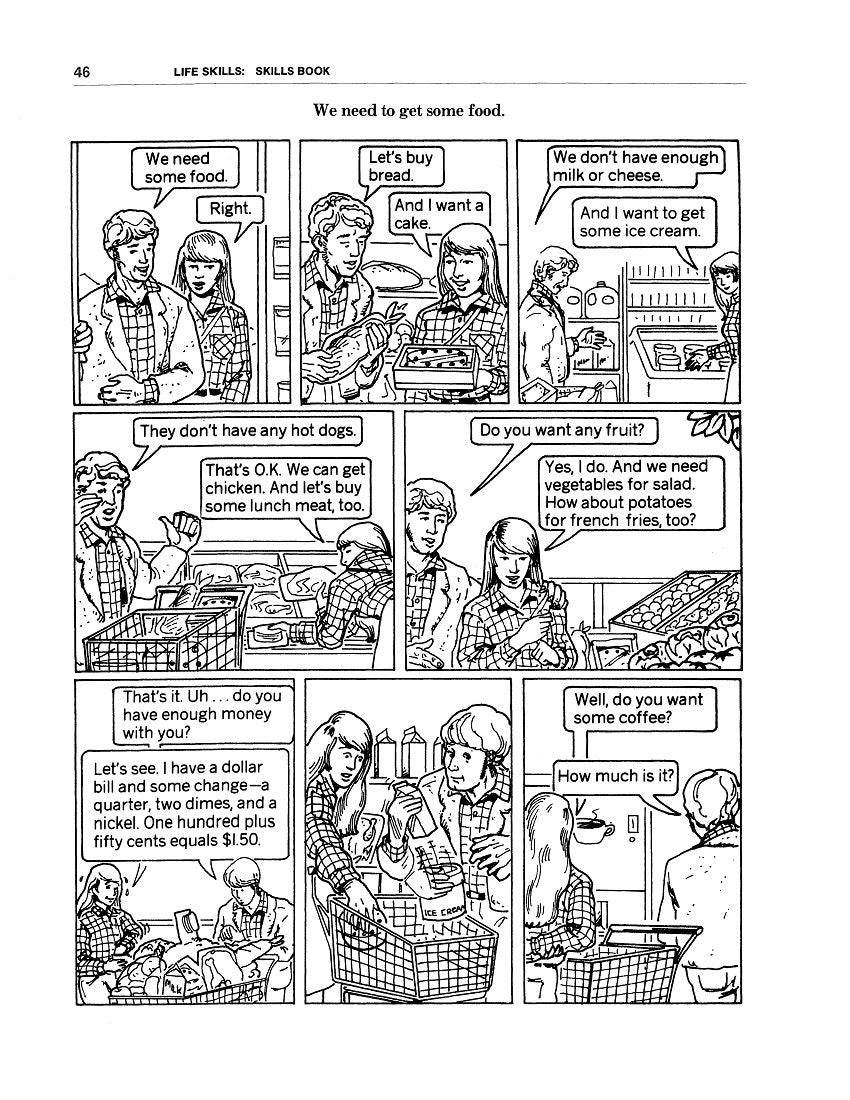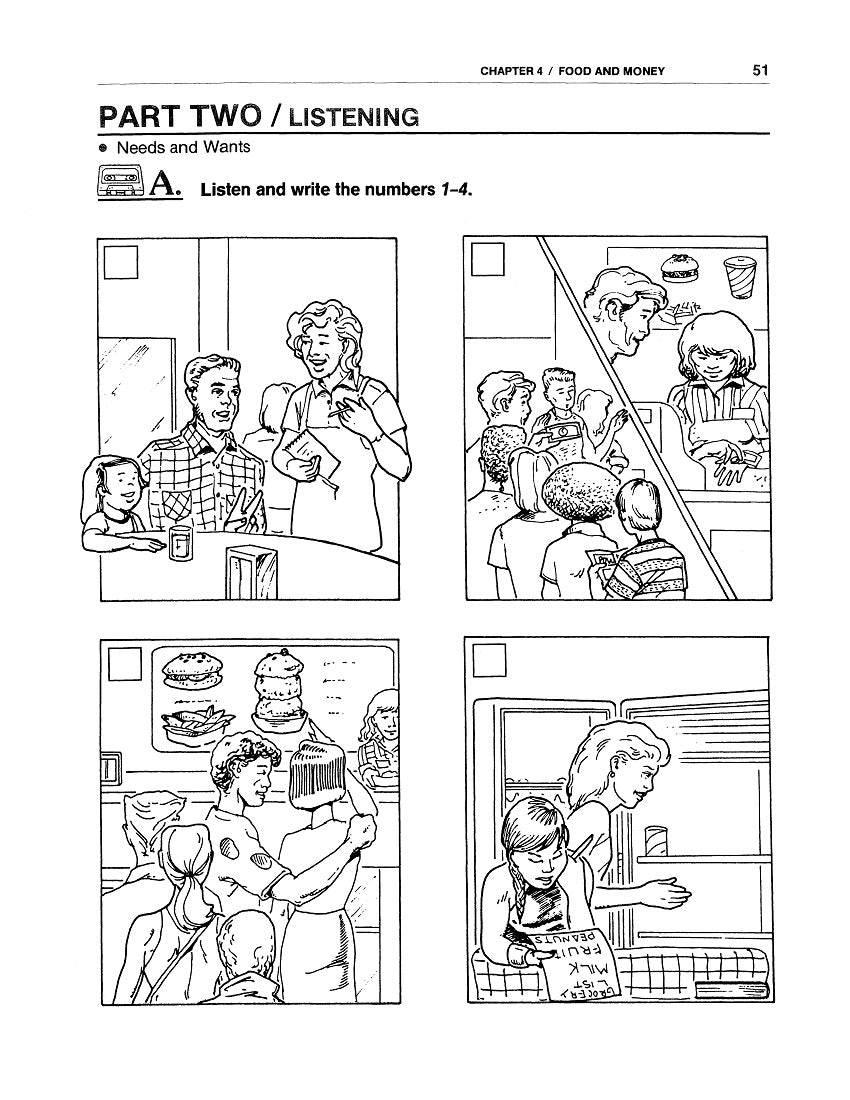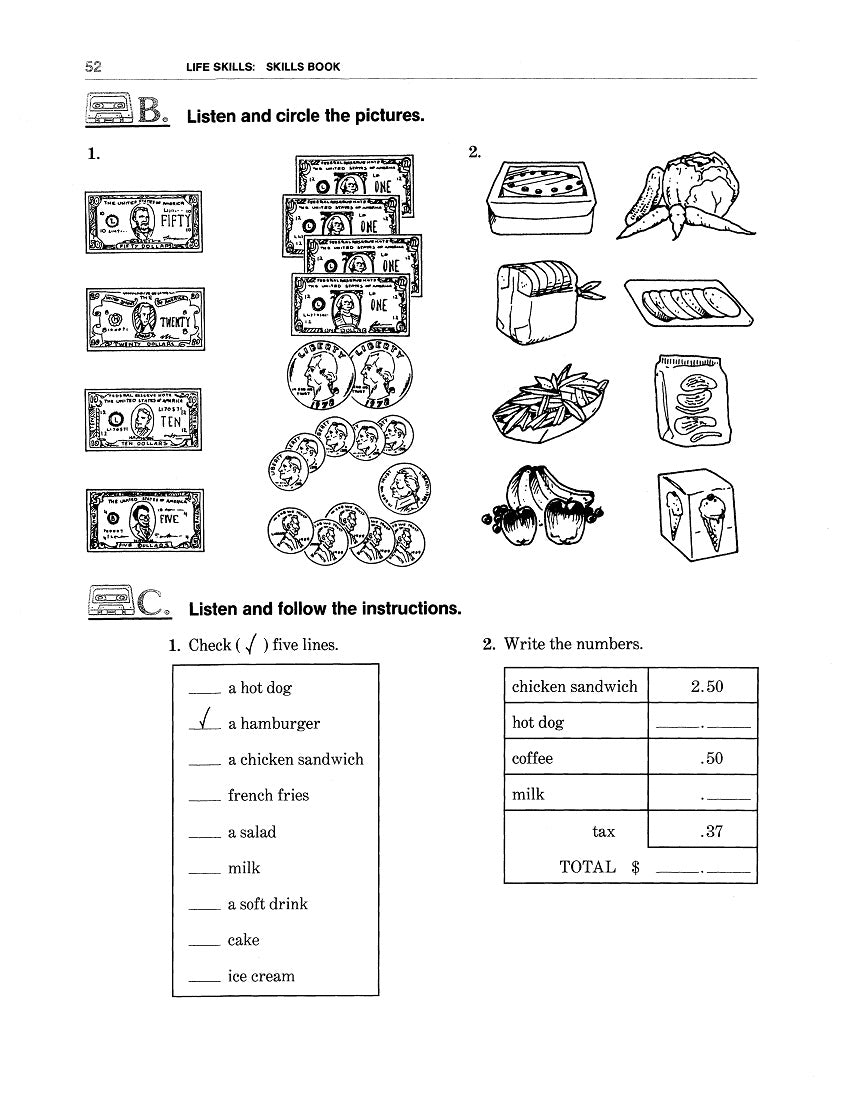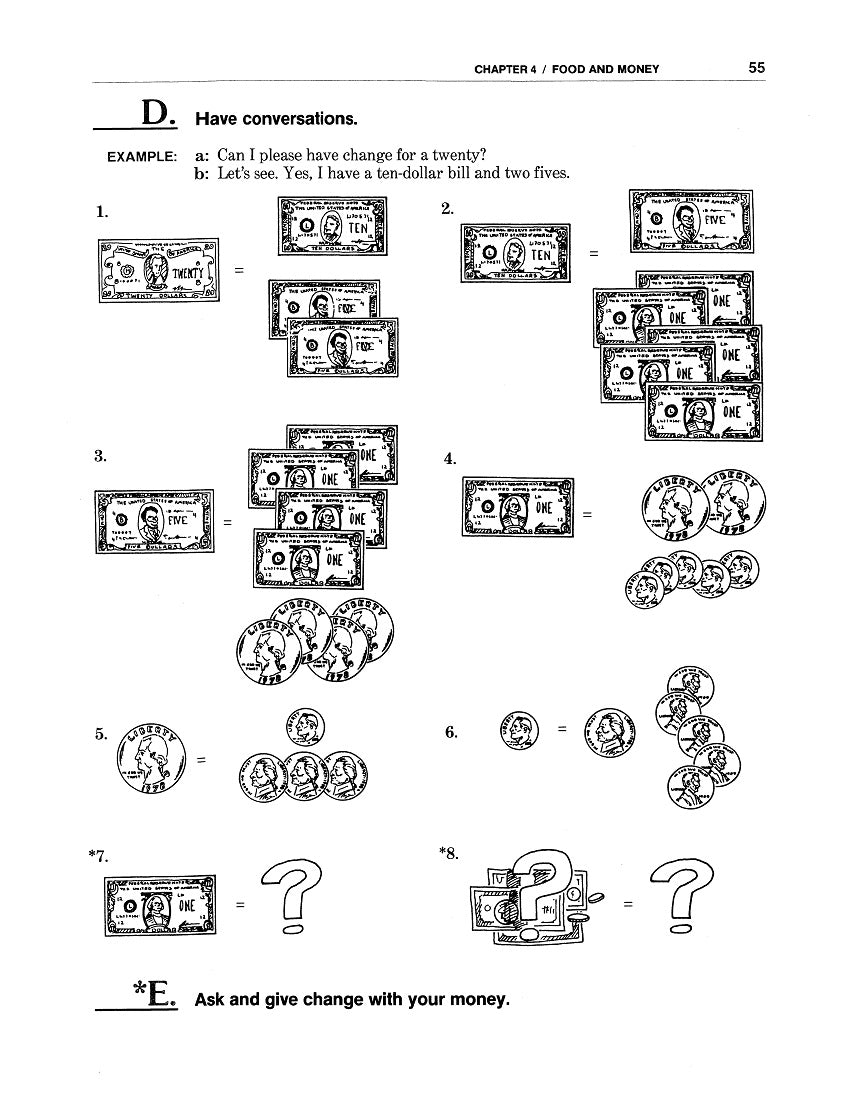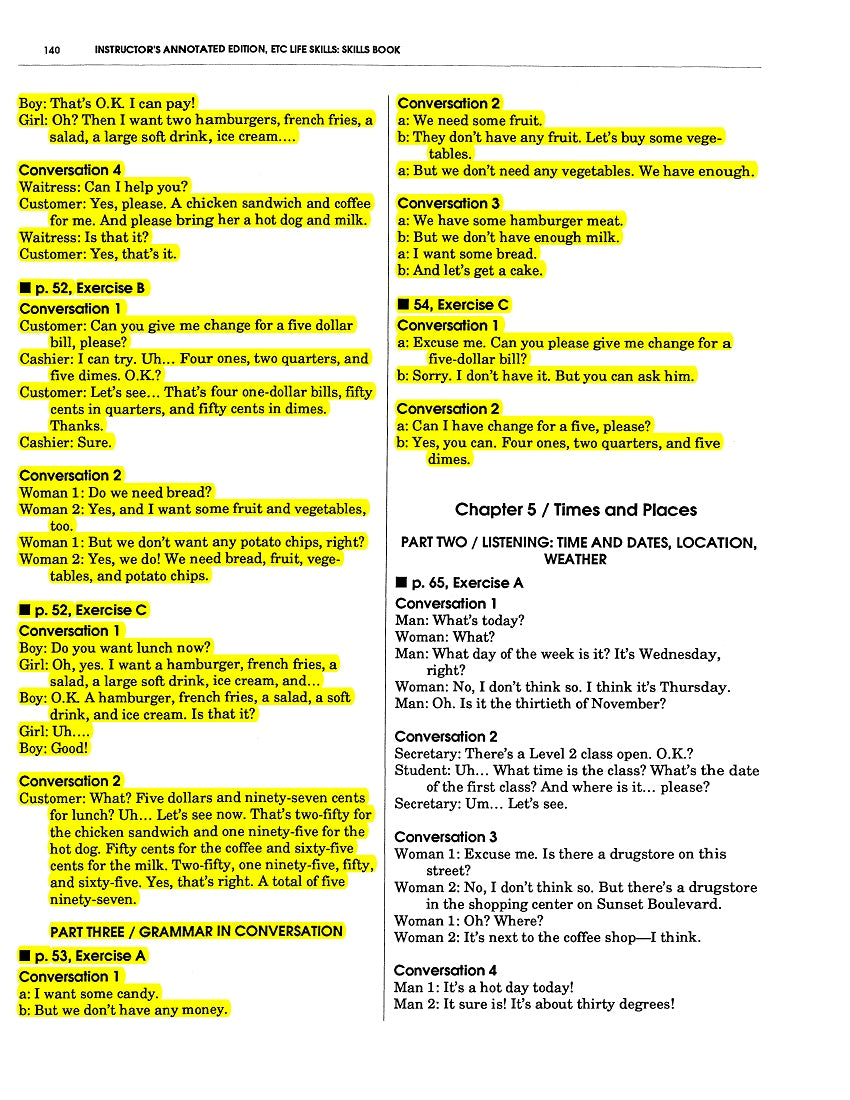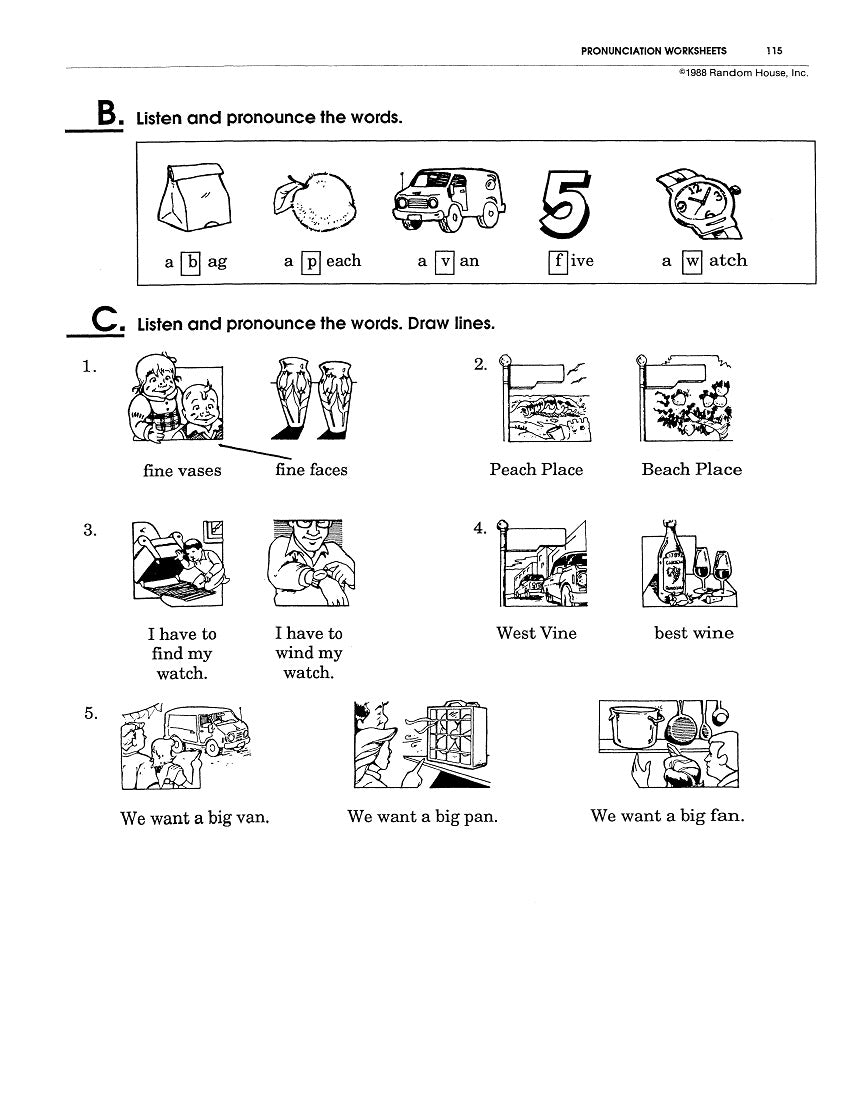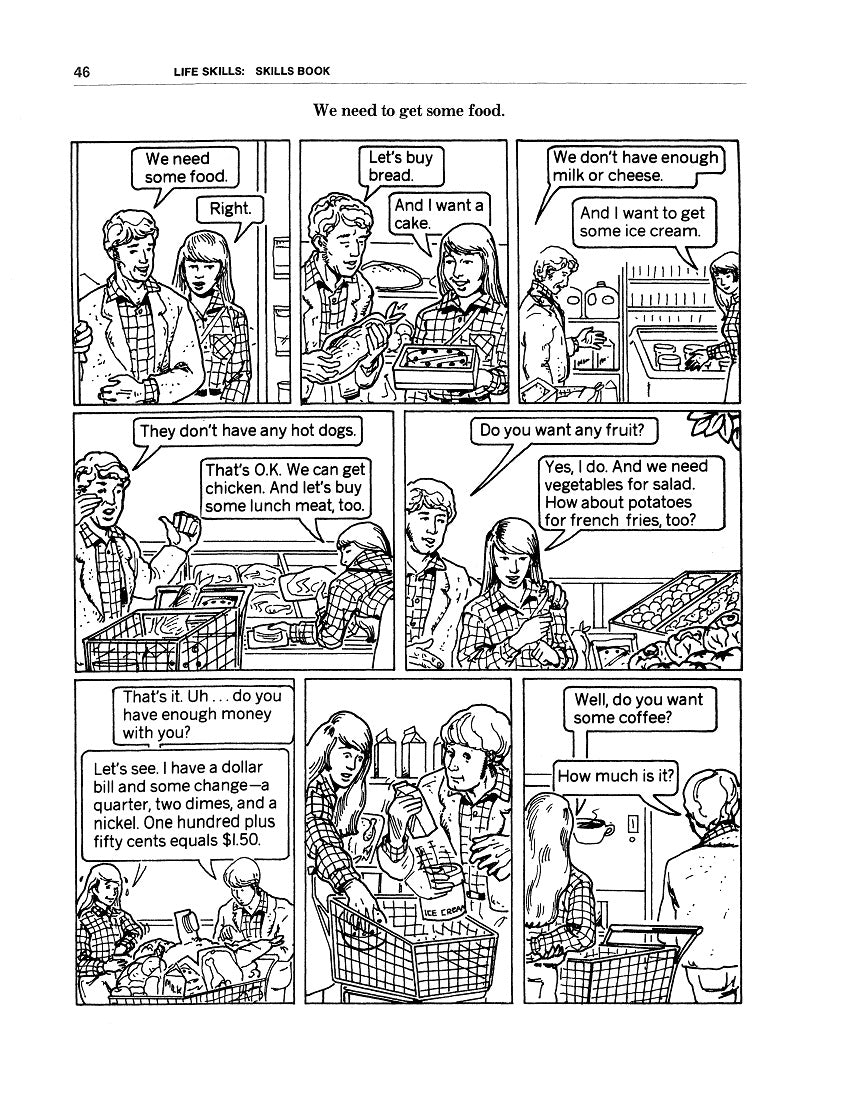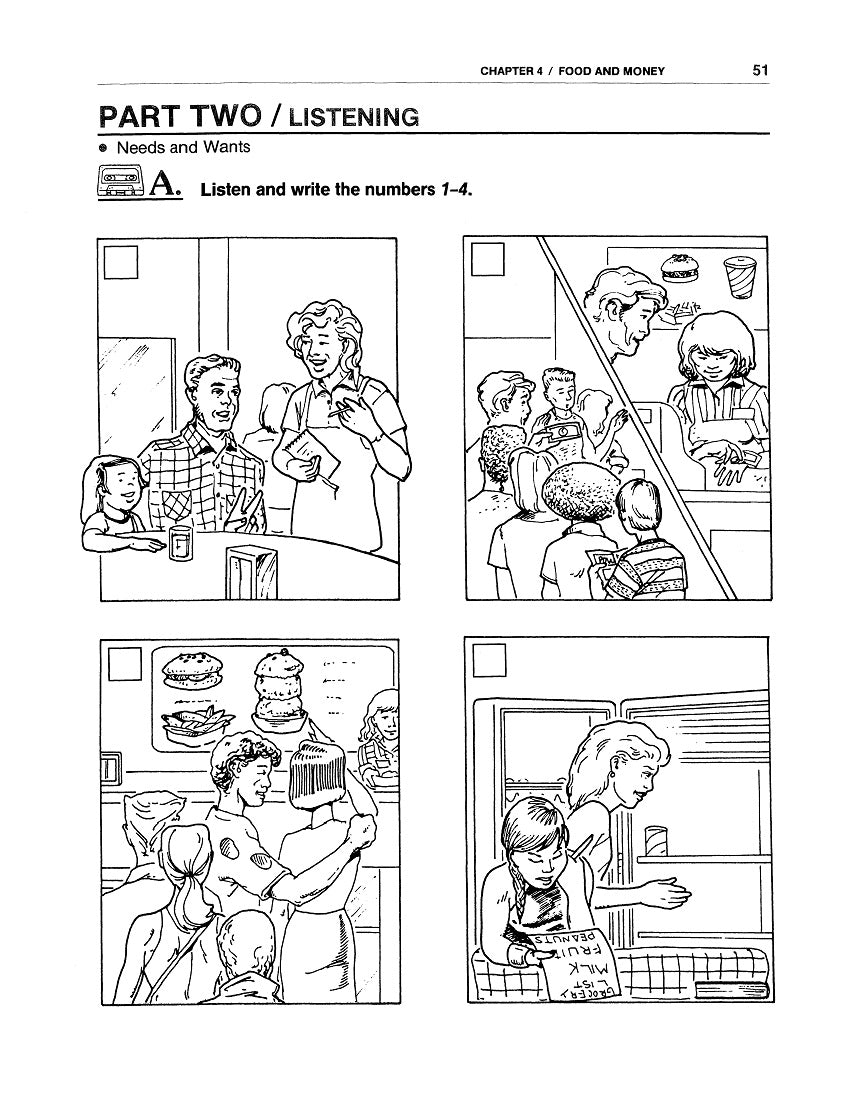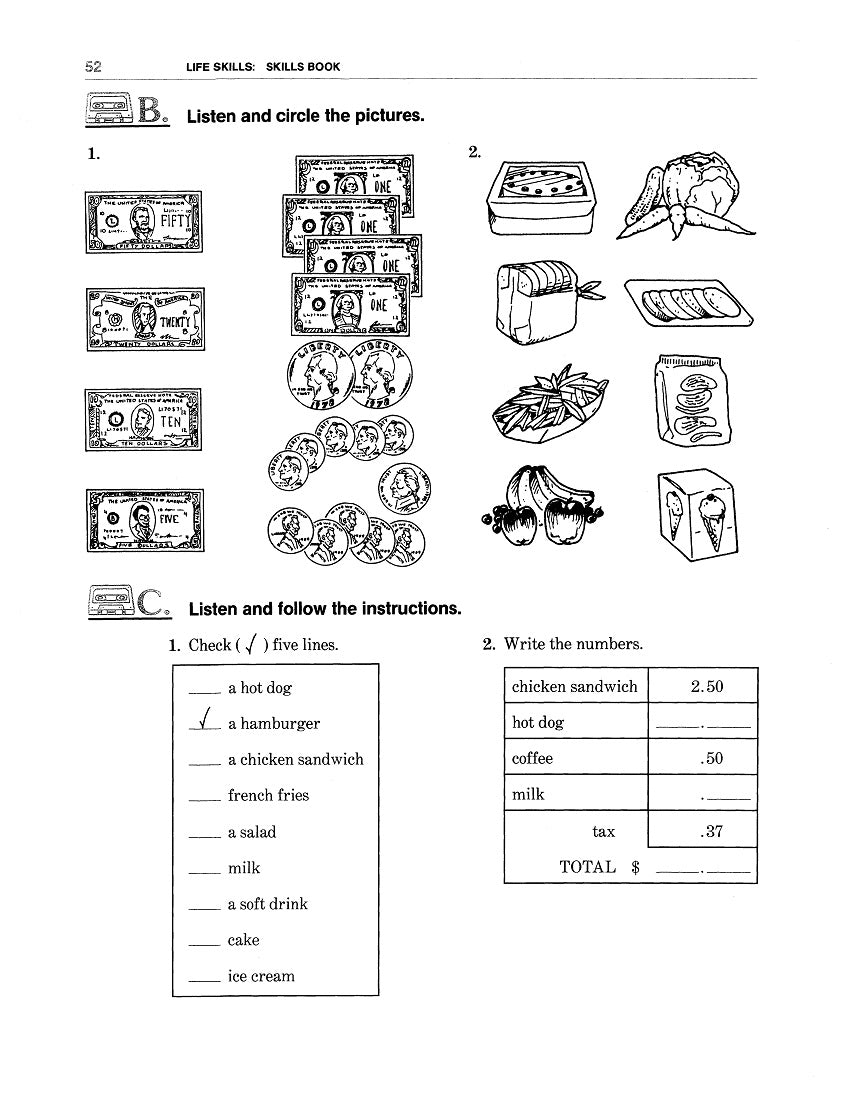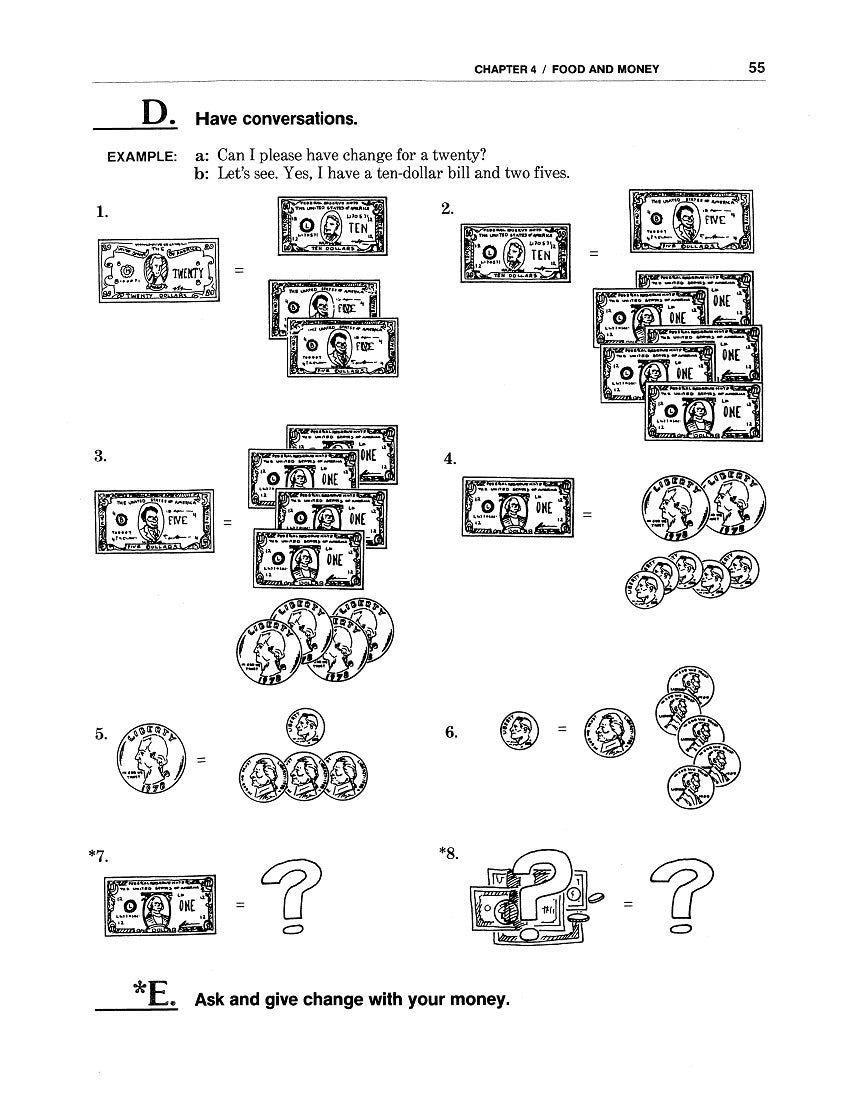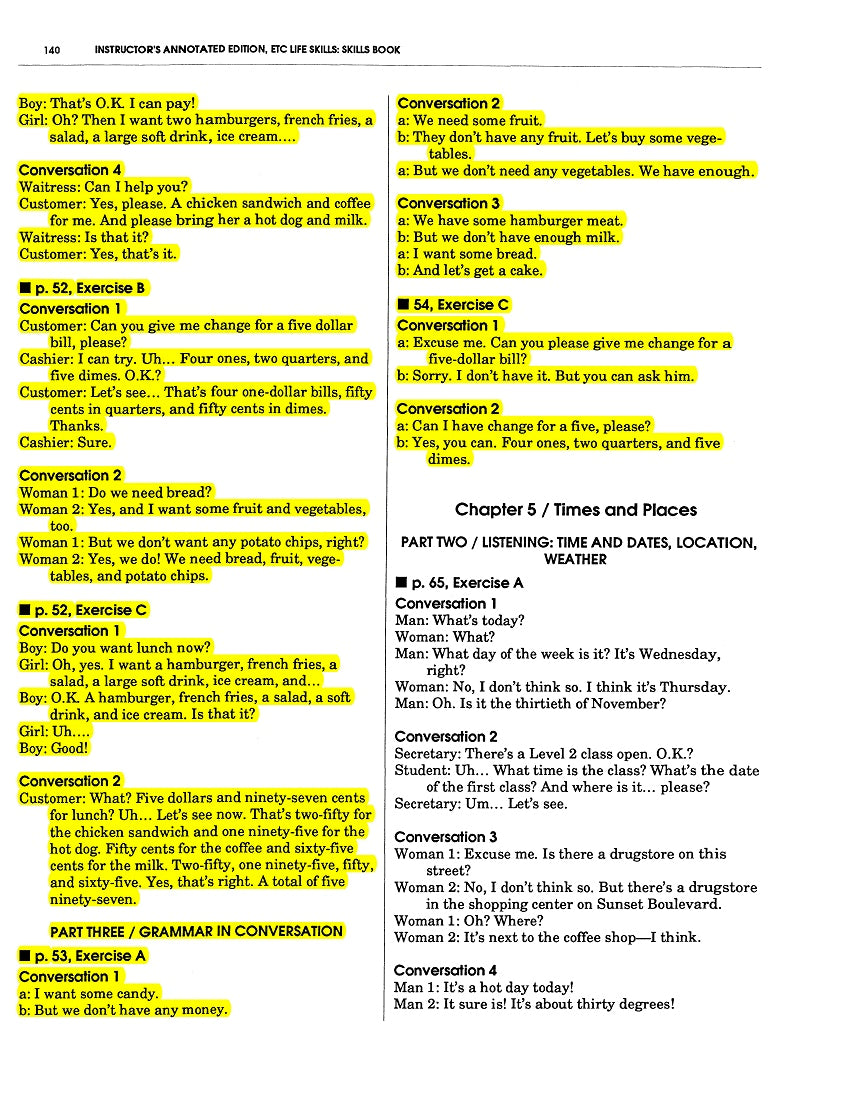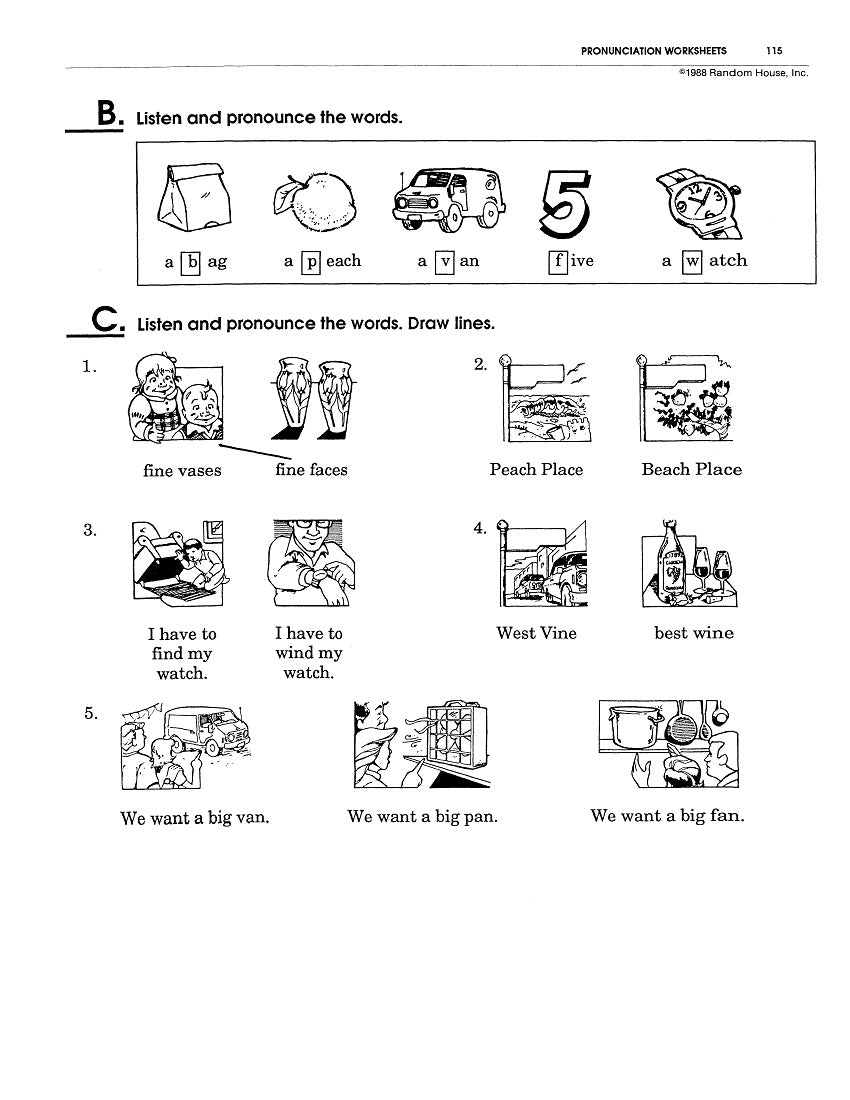1
/
of
6
Work/Life English
E-04.04 In the Simple Present, Understand & Express Needs & Wants, Do Basic Math
E-04.04 In the Simple Present, Understand & Express Needs & Wants, Do Basic Math
Regular price
$2.00 USD
Regular price
Sale price
$2.00 USD
Unit price
/
per
WorkLife English Book 1, Chapter 4 : Food & Money, With Tapescript and Pronunciation Worksheets
10+ 2+4 = 16 pp
Who It’s For: (Teachers & Helpers of) New English-Language Learners Becoming Proficient in Practical Work & Everyday Life Tasks Involving Listening & Speaking
Why It’s Useful: Learners still “getting into” Oral Language Skills improvement are likely to be shopping for necessities and dealing with money in English. The introductory presentation of Chapter 4 presumes that “We Need to Get Some Food.” Its Vocabulary, Listening Tasks, & Substitution Drills deal with edibles, amounts, and math. So do its Pronunciation Worksheets, which also begin checking if learners can discriminate among initial consonant sounds.
What You’ll Do:
[1] In the page 46 grocery-shopping scenario, two speakers make Simple-Present statements and questions—with transitive verbs, objects, and some vs. any plus numbers for amounts. Text users understand, practice, and interact with these in the four pages of Part One / Vocabulary, which features food items, cash, and mathematical calculations.
[2] The Chapter progresses with Part Two / Listening tasking based on exchanges at home, at a snack bar, and in a restaurant. Its Part Three / Grammar in Conversation fragments may get learners to create short shopping lists—and make change (at least verbally if not physically).
[3] The highlighted sections of Tapescript pages 139-140, excerpted from the WorkLife English Skills Book 1 Instructor’s Annotated Edition, can be of help in presenting, practicing, and assessing familiarity with the material in Chapter 4, “Food & Money.” So can four extra “Pronunciation Worksheets,” pages 113-116 of the I.A.E., the first to zero in on consonant discrimination in utterances with rising vs. falling intonation.
Couldn't load pickup availability
